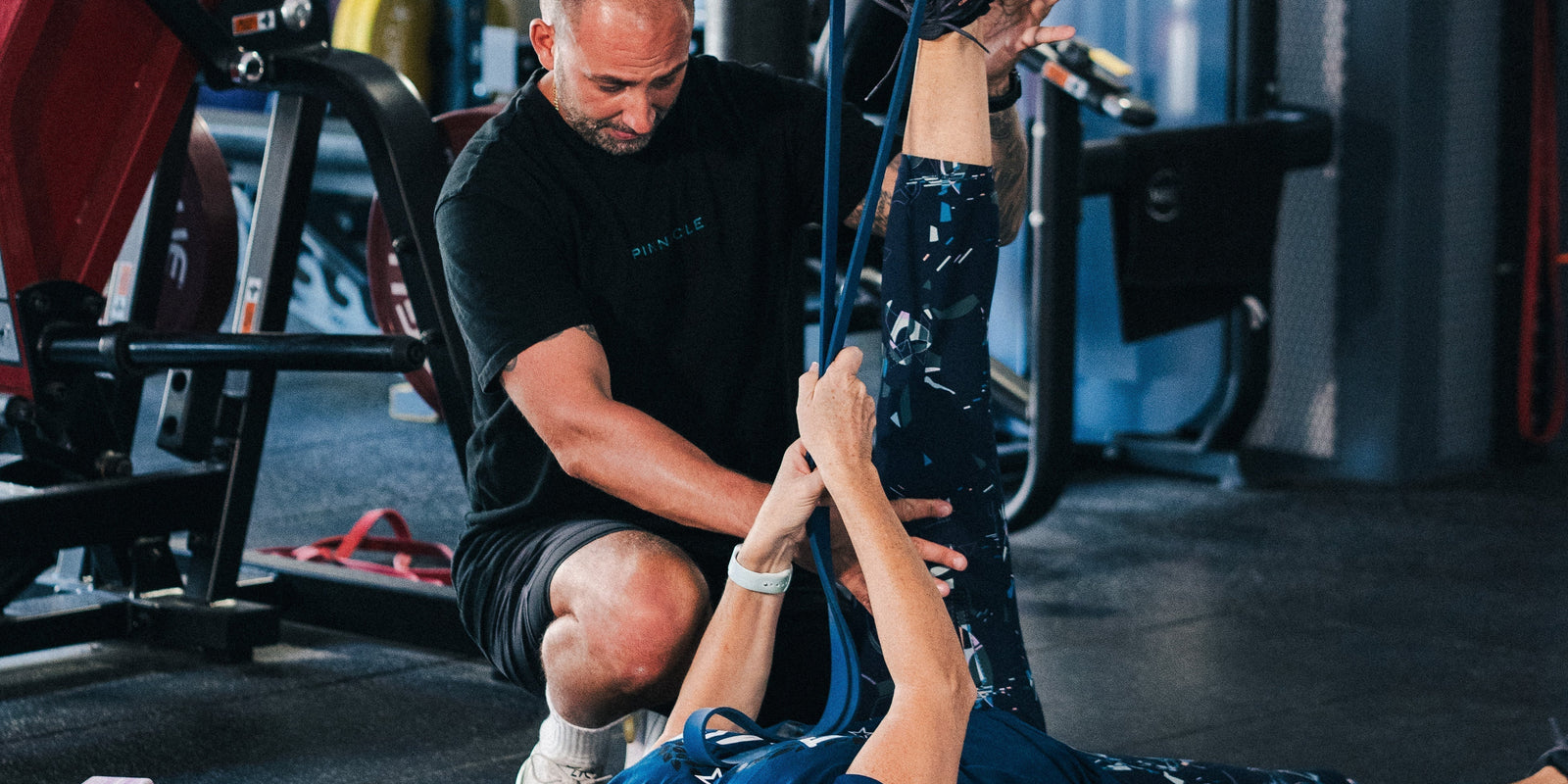Anatomically
Joint Structures The ankle joint or talocrural joint is a synovial joint located at the lower limb. It is formed by the talus bone and its articulation with the medial malleolus of the tibia and the lateral malleolus of the fibula. Functionally, it is a hinge-type joint, permitting both dorsiflexion and plantar flexion of the foot.
Ligaments The ankle joint is held in place by strong ligaments located on both the inside and outside aspect of the ankle. The ligaments on the outside of the ankle are made up of three separate bands: one at the front (anterior talofibular ligament), one in the middle (calcaneofibular ligament) and one at the back (posterior talofibular ligament). The talofibular ligament is the most common to be injured. The ligaments on the inside of the ankle are made up of a strong, flat triangular band known as the deltoid ligament.
Causes of ankle sprain injuries Inversion Injuries – Approximately 70-85% of ankle sprains are due to inversion injuries. The anterior talofibular ligament is one of the most commonly involved ligaments in this type of sprain. When the ankle becomes inverted, the anterior talofibular and calcaneofibular ligaments are damaged.
- Eversion Injuries – An eversion ankle sprain is rare and occurs when the ankle rolls too far inwards resulting in stretching the deltoid ligaments on the medial aspect of the ankle joint.
- Uneven Ground – Playing sports or running on uneven surfaces increases the likelihood of the ankle being stressed and result in injury.
- Poor Footwear/Biomechanics – People who have high foot arches or flat feet have a higher risk of injuring themselves. The wearing of high heels will increase the load on the ankle joint and place higher risk of a fall.
Symptoms and diagnosis of an ankle sprain
Symptoms Symptoms of an ankle sprain will commonly coincide with an incident such as a fall or trauma in which the patient complains of going over on the ankle and stressing the structures. Commonly patients present with the following:
- Bruising/discolouration
- Swelling
- Inability to weight bear on the foot
- Joint line tenderness and pain is usually found around the ankle
Diagnosis Diagnosis can be performed through physical examination where foot tenderness is checked and the specific location of pain is confirmed. It is important to have your walking gait checked to rule out further foot pathologies. The severity of the injury and the grading of an ankle sprain can be confirmed by the following.
| Grade I | Most common ankle sprain. Patient experiences mild pain around the joint line. Bruising present. Patient is able to weight bear and move the ankle in full vectors. Classified as a “sprain”, categorised by a stretching of the ligaments. Rehabilitation 2-4 weeks recovery. |
| Grade II | Patient is in more pain and often reports a “popping” sound. Usually unable to weight bear. The ankle is swollen and bruising is purple in nature – indicative of a partial ligament tear. Rehabilitation 4-8 weeks recovery. |
| Grade III | Patient in extreme pain. Large degrees of swelling and bruising around the ankle joint. Patient is unable to weight bear on the ankle with minimal movement present. Often the ligament has a full tear/rupture and rehabilitation is 8-12 weeks. Fractures are often present with a grade III. |

Advice to help treat Ankle Sprains It’s important to understand when treating an ankle sprain that the primary aim initially is to reduce the swelling around the ankle joint. Ligamentous tissue anatomically has no blood supply, this means as a result tissue healing is much slower and so to increase tissue repair icing is required to help reduce the swelling and increase fresh blood supply to help promote recovery. The most common treatment modalities used are:
- R.I.C.E – Rest, Ice, Compression and Elevation is vital to help with the recovery of ankle ligament sprains. Often the ankle joint is swollen so a reduction of the inflammation is needed. Best advice is to ice as often as possible (15 minutes every 1-2 hours if possible).
- Adaptation of training load – Try to reduce the amount of weight load placed on the ankle. If possible try and wear a trainer with the laces undone so the ankle joint is not restricted.
- Medication – Non-Steroidal Anti-Inflammatory medication such as Ibuprofen can help reduce pain and inflammation. However, please confirm use with your GP before undertaking any medication.
Manual therapy such as Osteopathy and soft tissue massage can certainly help reduce the pain and swelling around the ankle joint.Its It’s very important that after the swelling has reduced, the scar tissue, which has formed around the ligaments, is broken down by soft tissue massage and ultrasound to allow the ankle joint to return to full range of motion. Strengthening and proprioceptive exercises are also vital to help the ankle joint alongside the use of ultrasound and kinesiology taping to help provide support to the foot and ankle.



